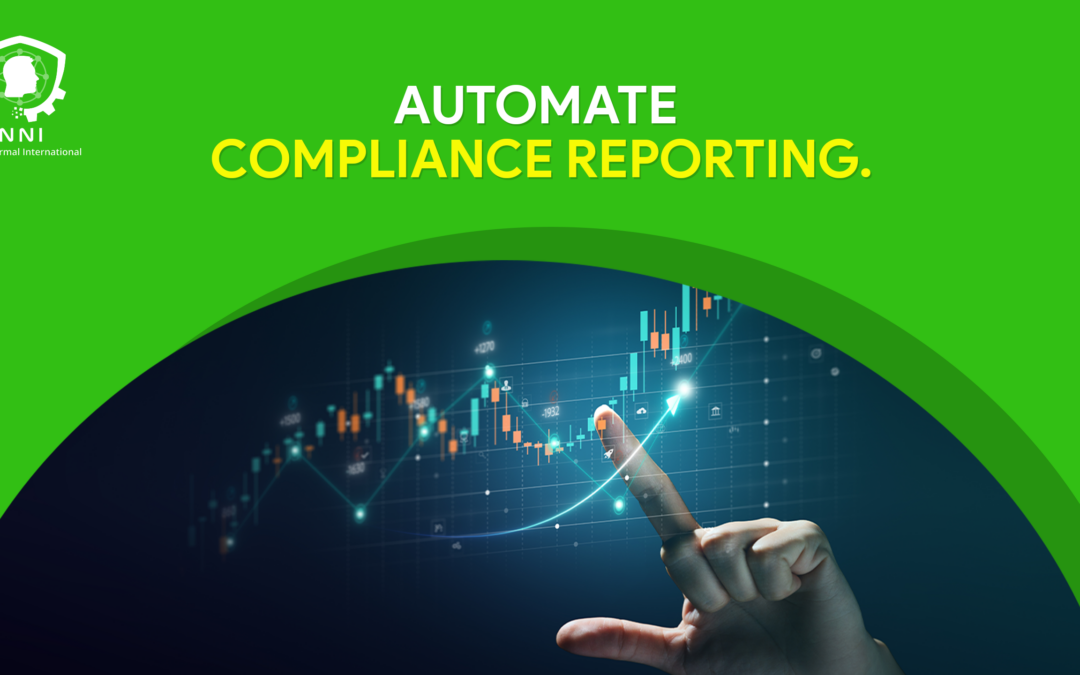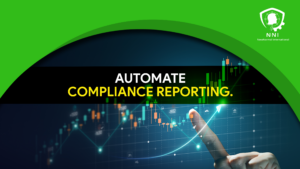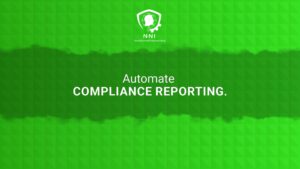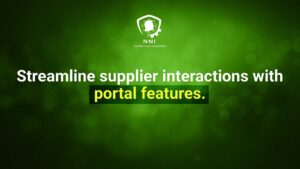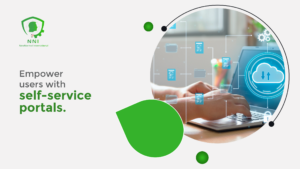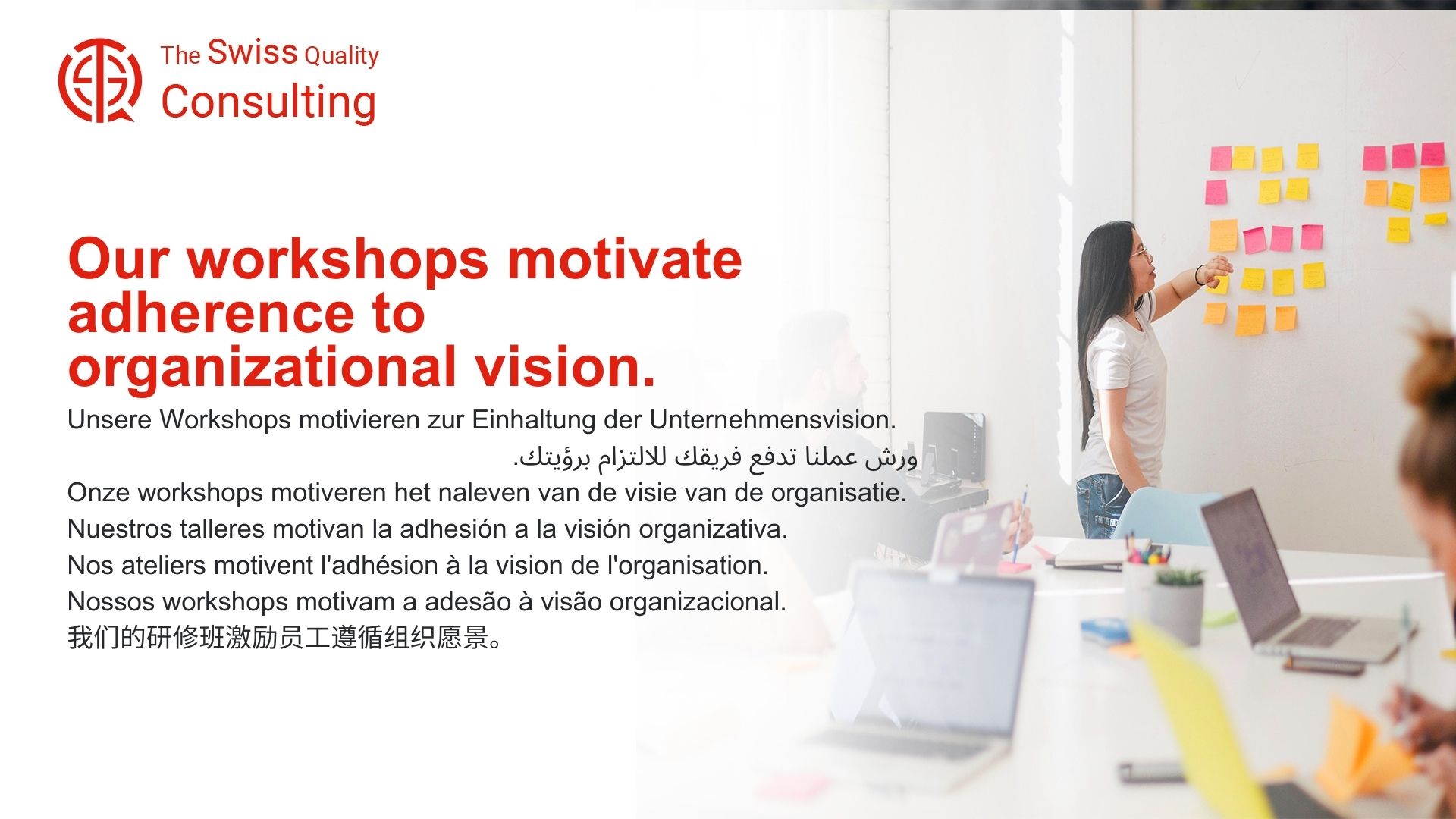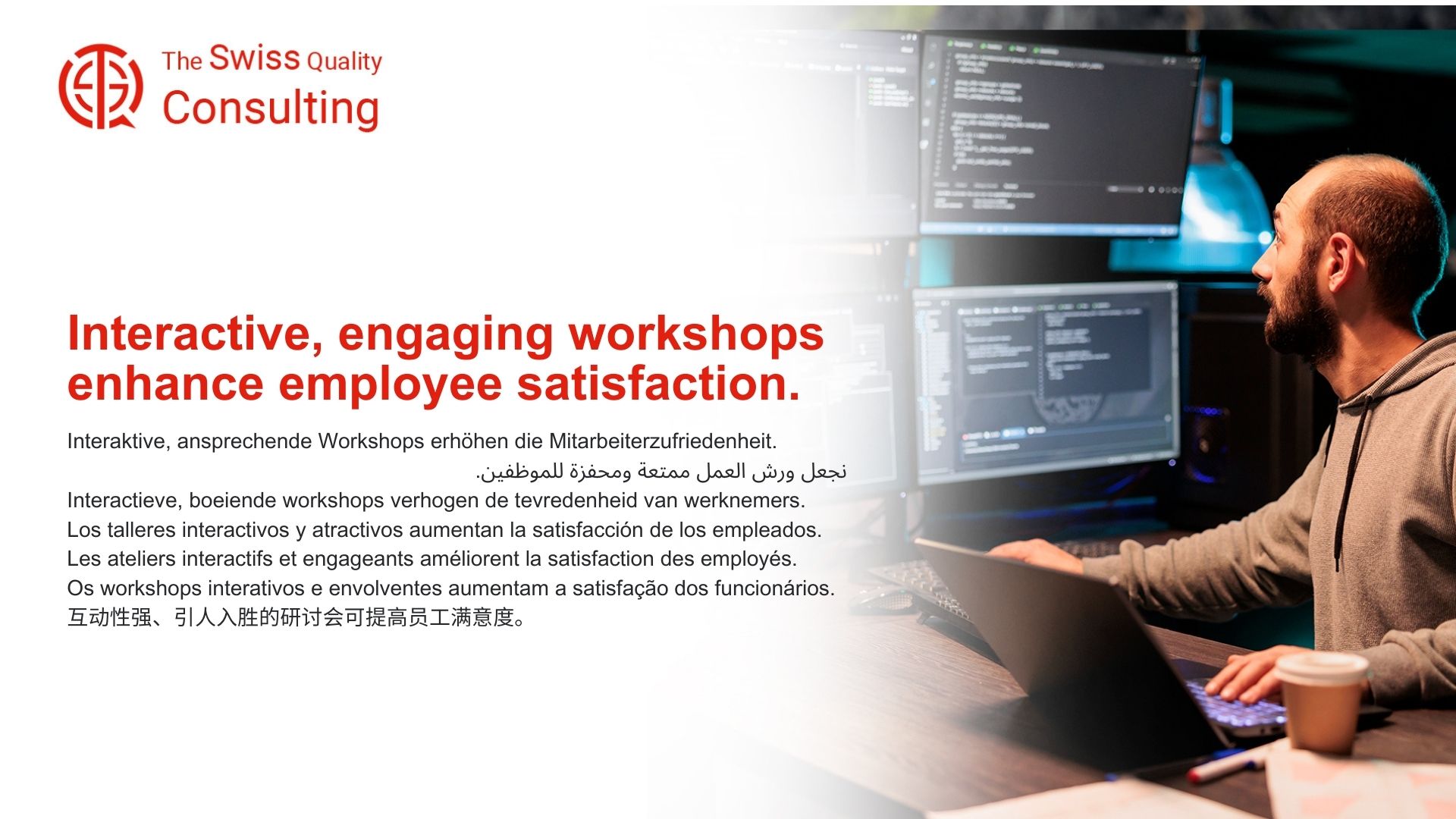Transforming Regulatory Compliance through Automation
In the complex regulatory landscape of modern business, Compliance Automation has become a crucial aspect of operational efficiency and risk management. This article discusses the benefits of automating compliance processes, how it enhances business operations, and the role of technology in simplifying compliance-related tasks.
The Necessity of Compliance Automation in Business
Automating compliance reporting transcends mere error-free efficiency; it serves as a strategic imperative for orchestrating unwavering compliance, building a future-ready enterprise, and empowering businesses to navigate the ever-evolving regulatory landscape with confidence. This transformative approach empowers organizations to:
1. Achieve Unprecedented Accuracy and Minimize Compliance Risks: By leveraging advanced technologies like AI and machine learning, businesses can automate data collection, analysis, and reporting tasks, minimizing the risk of human error and non-compliance. This instills trust with stakeholders, safeguards against penalties and reputational damage, and fosters confidence in your commitment to ethical and responsible business practices.
2. Maximize Operational Efficiency and Free Up Valuable Resources: By automating routine compliance tasks, such as data extraction, report generation, and regulatory checks, businesses can significantly reduce manual workload and free up valuable resources. This empowers employees to focus on strategic initiatives, drive innovation, and contribute to core business activities that fuel organizational growth.
3. Enhance Transparency and Build Trust with Stakeholders: Automated compliance reporting systems provide real-time insights into regulatory adherence, enabling organizations to demonstrate transparency and proactively communicate their compliance posture to stakeholders. This fosters trust with investors, regulators, and customers, building a strong foundation for sustainable success.
4. Proactively Identify and Mitigate Emerging Compliance Risks: Advanced analytics capabilities within automated systems can analyze vast amounts of data and identify potential non-compliance risks before they escalate. This empowers proactive risk mitigation strategies, early warning systems, and informed decision-making, safeguarding the organization from unforeseen regulatory challenges.
5. Adapt to Evolving Regulations and Stay Ahead of the Curve: The regulatory landscape is constantly evolving. Automated compliance solutions facilitate seamless integration of new regulations into existing processes, ensuring businesses remain compliant without significant operational disruptions. This fosters agility, future-proofs compliance frameworks, and empowers organizations to stay ahead of the curve in a dynamic regulatory environment.
6. Optimize Resource Allocation and Drive Sustainable Growth: By reducing manual workload and streamlining compliance processes, automation frees up financial resources previously allocated to compliance teams. This enables strategic reinvestment in growth initiatives, talent acquisition, and innovative technologies, fueling sustainable growth and propelling the organization towards long-term success.
7. Secure a Competitive Advantage and Gain Strategic Leverage: A reputation for unwavering compliance can be a significant competitive advantage, attracting investors, partners, and top talent. By prioritizing compliance excellence, businesses gain strategic leverage in competitive markets, build brand trust, and differentiate themselves from less compliant competitors.
8. Build a Future-Ready Enterprise and Embrace Continual Regulatory Evolution: Investing in robust automated compliance solutions and cultivating a culture of proactive risk management future-proofs organizations by equipping them with the necessary tools and expertise to navigate the ever-changing regulatory landscape with confidence. This ensures long-term viability, safeguards against future compliance challenges, and empowers organizations to continuously evolve their compliance frameworks for enduring success.
Beyond Error-Free Efficiency: A Foundation for Unwavering Compliance and Enduring Growth:
By embracing intelligent automation and adopting a transformative approach to compliance, organizations unlock the true potential for achieving unwavering compliance, a future-ready enterprise, and enduring growth. This empowers them to maximize accuracy, free up resources, enhance transparency, mitigate risks, adapt to change, optimize resources, secure a competitive advantage, and build a future-ready enterprise, ultimately building a future where compliance serves not as a burden, but as a strategic asset fueling their journey towards sustainable success and unwavering ethical leadership in their industry.
Embrace the power of intelligent automation and embark on a transformative journey towards a future where your compliance is impeccable, your agility unrivaled, and your growth is driven by the unparalleled power of navigating the regulatory landscape with unwavering confidence and ethical brilliance.
Change Management in Implementing Compliance Automation
Adopting automated compliance systems requires a strategic approach to change management. Businesses must assess their current compliance processes, identify the best technological solutions, and integrate these systems into their existing operations. This change involves training staff, redefining roles, and ensuring a smooth transition to automated processes.
Executive Coaching for Leadership in Compliance Management
Effective leadership is key to driving successful compliance automation. Executive coaching can help leaders understand the complexities of compliance regulations and how to manage them through automated systems. Coaching equips leaders with the necessary skills to oversee the implementation of compliance technologies and to lead their teams effectively in this new, automated environment.
Effective Communication in Promoting Automated Compliance
Clear and effective communication is essential in the successful adoption of automated compliance systems. Communicating the benefits, functionalities, and operational changes to all stakeholders is crucial. Effective communication ensures that employees understand the importance of compliance automation and are aligned with the organization’s goals in this area.
Leveraging Technology for Efficient Compliance Management
The integration of advanced technologies, such as Generative Artificial Intelligence (AI), can significantly enhance the efficiency and accuracy of compliance reporting. AI and machine learning algorithms can automate data gathering, analysis, and report generation, ensuring compliance with regulatory standards. This technological integration not only streamlines compliance processes but also provides deeper insights for strategic decision-making.
Conclusion: The Strategic Advantage of Compliance Automation
In conclusion, automating compliance reporting is a strategic imperative for businesses in today’s regulatory environment. It not only ensures compliance and reduces risk but also enhances operational efficiency and resource allocation. By embracing technology in compliance management, businesses can maintain regulatory adherence while focusing on growth and innovation.
#ComplianceAutomation, #RegulatoryCompliance, #BusinessEfficiency, #RiskManagement, #TechnologyInnovation


